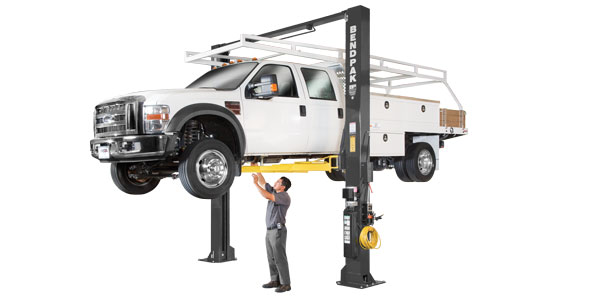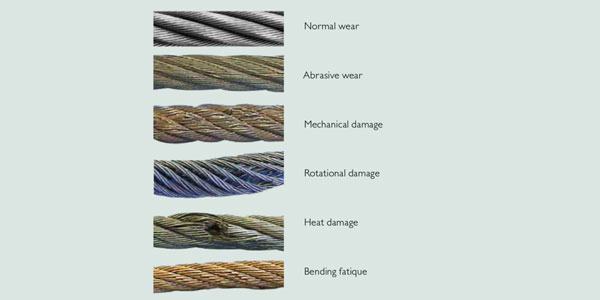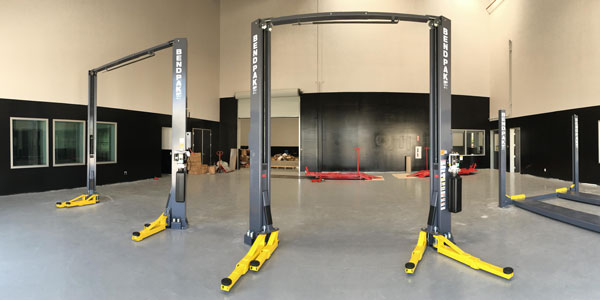Brake Sentry notes that the CSA citation "brakes out-of-adjustment" carries a (4) severity rating under the CSA BASIC scoring method. It is one of the top equipment violations affecting a fleet’s safety score and has the highest out-of-service violation rate of nearly one in eight vehicles inspected. In addition, it is the most frequently cited safety defect.
The company notes that the main contributing factor is that every pre-trip safety item can be visually inspected except brake stroke. Drivers are commonly unaware of existing brake adjustment defects and they are at a disadvantage in detecting and reporting brake adjustment defects.
As a result, undetected and unreported by drivers, out-of-adjustment defects will go uncorrected—and uncorrected defects directly affect fleet safety scores. In addition, uncorrected defects increase fleet exposure to cost, risk and liability.
The North American Brake Safety Conference recommends the use of effective visual brake stroke indicators as “the single most meaningful change that can be made to improve brake compliance.” The advantages are that they provide driver and technicians with a quick and effective means to visually inspect and identify any brake out-of-adjustment conditions for prompt correction. In addition, they can eliminate the need to crawl under vehicles to mark and measure pushrod stroke at each airbrake chamber. This means that inspections that once took an average of 25 minutes are accomplished in less than two—which also means significant savings at each PM inspection.
Fleets equipped with effective visual brake stroke indicators have an important advantage in maintaining compliance, safety and accountability requirements, Brake Sentry concludes. For more information, visit www.brakesentry.com.




